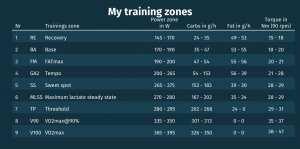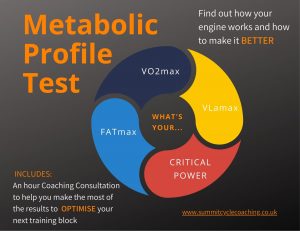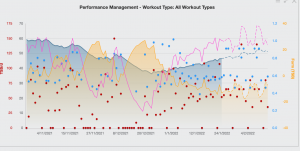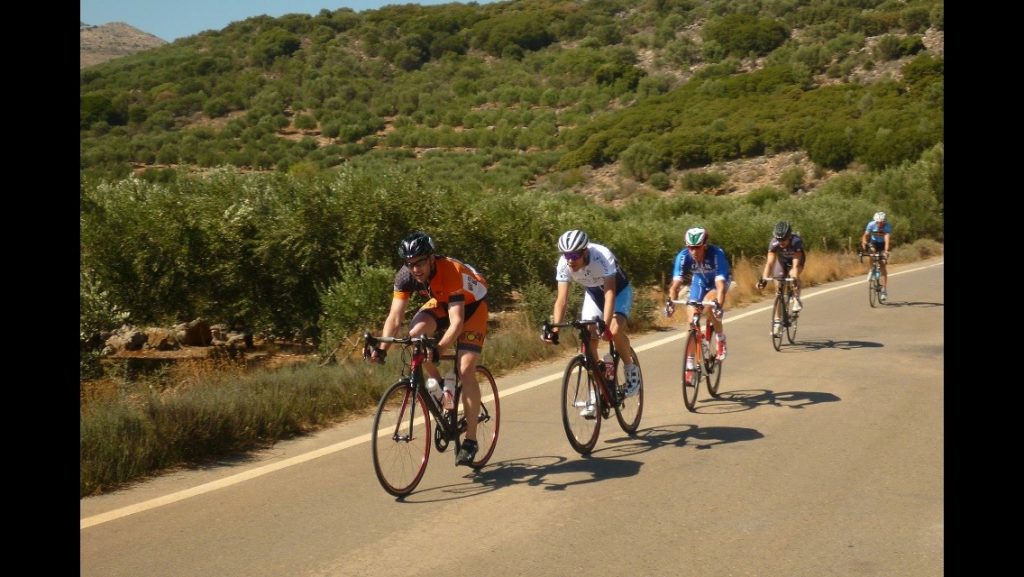FTP Testing:
A How-to Guide?
FTP (Functional Threshold Power) has had so much written and said about it that it’s hard to tell what it is and what it isn’t anymore.
I started like many, by doing the 20-minute all-out test and the take 95% of the average power. It’s not a bad start, especially if you follow the protocol properly and do the 5-minute blowout effort beforehand.
Why Do an FTP Test?
There are a few good reasons to do an FTP test. Training needs some kind of framework being one of the best. Getting a good idea of your training zones is a great way to plan the intensity of your training. There are loads of ways to do an FTP test:
- 20-minute test
- 8-minute test
- Ramp Test
- Metabolic Profile Test (power-based)
- Metabolic Test (Lab-based)
And I’m sure there are loads more!
The biggest problem with the shorter tests is that they can be biased by anaerobic capacity, so you may get the wrong result. The most accurate is probably lab-based testing, but that isn’t very convenient and is certainly the most costly.
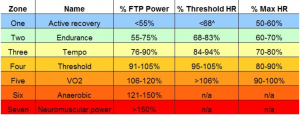
Training zones are an easy and convenient way to set up your training. But getting clarity on your zones is key.
Many FTP tests will give you a number that you can then extrapolate your zones. However, if the number you start with is wrong, your zones will be wrong.
The classic mistake is having your FTP set too high! We’ve all had a look at our all-time best 20-minute effort and extrapolated from that. It’s actually a harmful mistake for your training progress. If all the zones are set too high you are overstressing the system and the response/adaptation to the training will be sub-optimal, i.e. you won’t get as good at cycling as you hoped!
So What is FTP?
There are many descriptions of FTP out there. Its aim is to give a proxy for the second threshold, MLSS, lactate threshold and many other names…not all exactly the same, but roughly the same thing.
I think the best description I have heard was from Kolie Moore on the Empirical Cycling Podcast, which is well worth a listen. To summarise it is the intensity at which exercise can continue for an extended period of time (35-80 minutes). A power under which exercise can continue for very long periods of time and over which time to exhaustion will come much quicker! How quickly, of course, depends on how far over your threshold you are.
The thing I like about this thought process is that it is not just ‘a number’. In this definition, there is the added dimension of the time you can hold this power.
I know in theory FTP is your hour power…but have you ever tried holding 95% of your 20-minute power for an hour?? Very rarely does that go well!!
In WKO5, this is calculated from all your power data and is called your TTE (Time to Exhaustion). This is the time you can hold your FTP. This gives you a great guide to how you should train and shows how you are progressing.
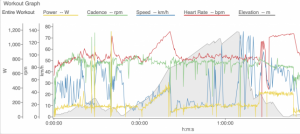
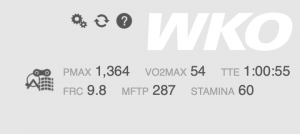
What Type of FTP Test Would I Recommend?
Personally, I use the Aerotune Metabolic Profile Testing. It’s easy to do and gives you a hell of a lot more than just a threshold number. The testing has just been updated so it can be done in one day. It includes a sprint, a ramp test and and a 12 minute all out test. It’s a tough 90 minutes, but I find it gives you a great. insight into your physiology.
If you or your coach have WKO5, then it can all be calculated from your training and racing data, as long as the data is kept up to date for specific power/durations.
If you don’t want to use either of these the best way is outlined in an article by Kolie Moore on the Training Peaks Blog.
If you get your training zones tested accurately then all your training will be more productive, so it’s worth paying attention to.
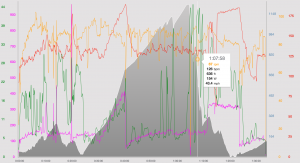
My Training Zones
This is a table of my zones from a while back, you can see the detail you get with Aerotune and it matches very well with the FTP and TTE I get from WKO5.
Training Your FTP
I was planning on having a training section on this post too…but it went on a little more than expected, so I’ll put that in a separate post.
My Training Zones
This is a table of my zones from a while back, you can see the detail you get with Aerotune and it matches very well with the FTP and TTE I get from WKO5. As I monitor both.
Training Your FTP
I was planning on having a training section on this post too…but it went on a little more than expected, so I’ll put that in a separate post.
